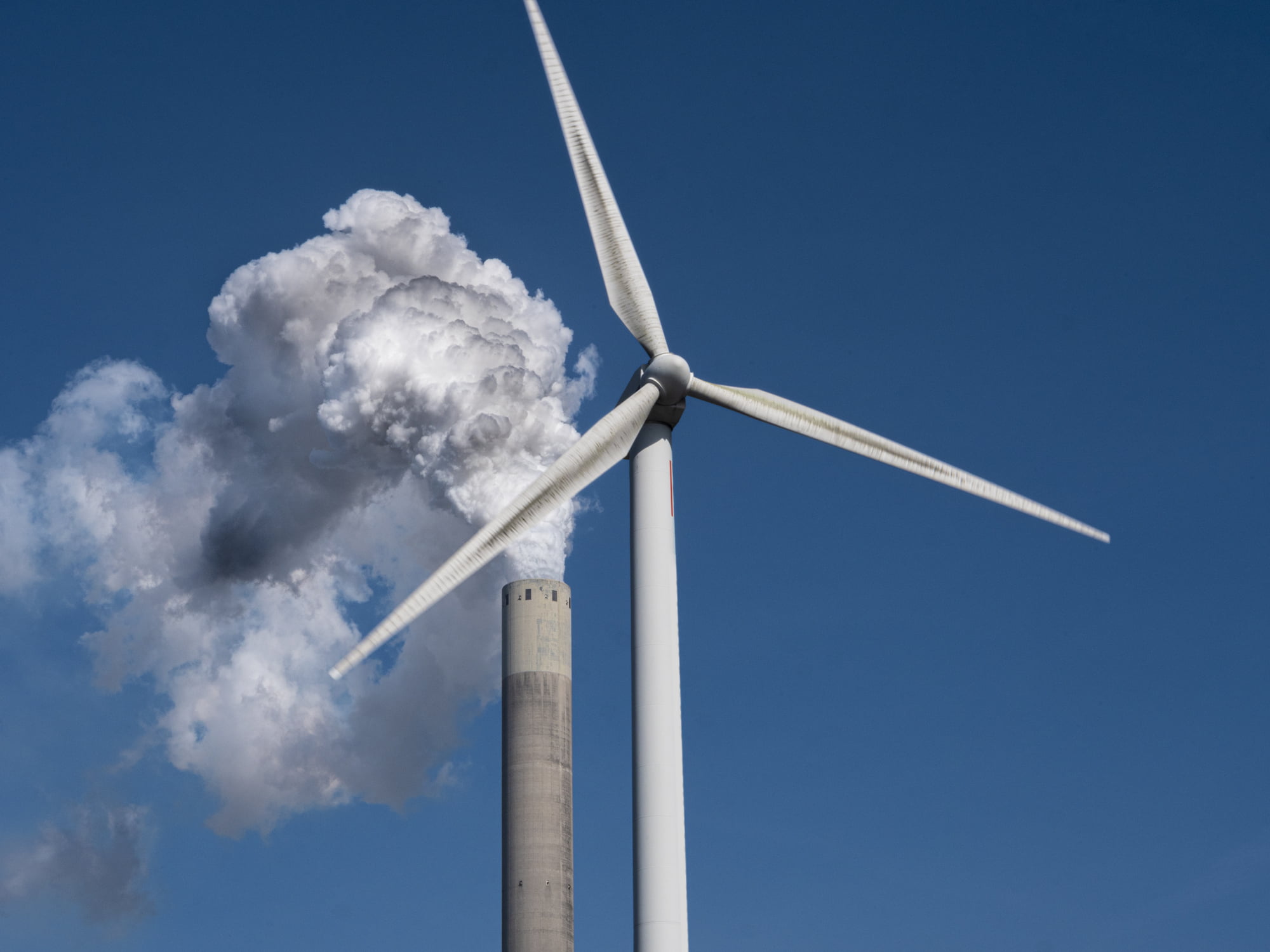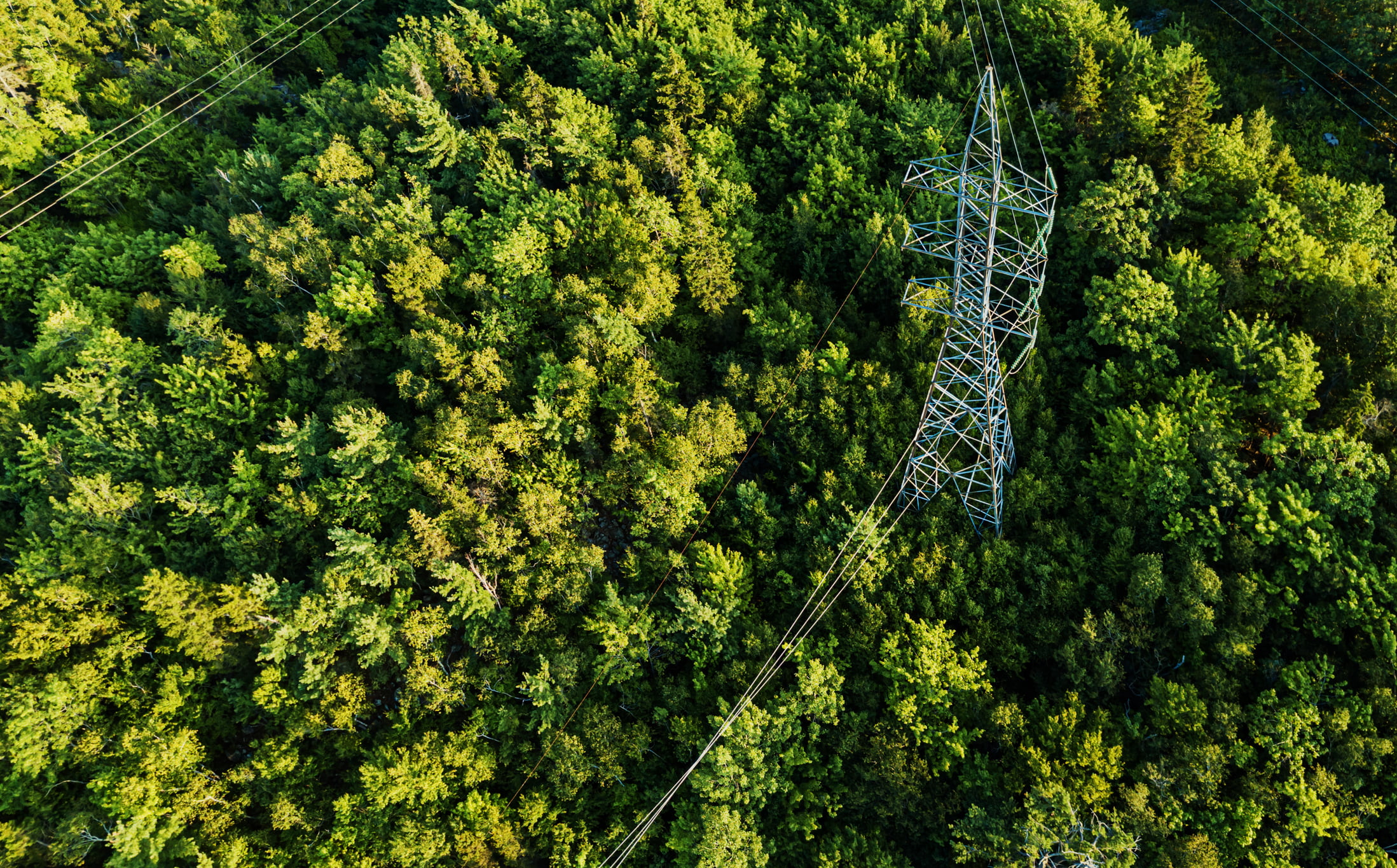With the scale of extreme weather we’ve seen over the past few years – from Australian bush fires to flooding in the UK – few people now deny that we are facing a climate emergency. The scientific evidence is clear: emissions of greenhouse gases, resulting from human activity, are causing our climate to change.
Carbon dioxide is emitted when fossil fuels are burned to meet our demand for energy. Although it isn’t the only greenhouse gas, carbon dioxide is the most significant. As such, the term ‘carbon emissions’ is often used to talk about all greenhouse gas emissions.
To address the problem, in June 2019, the UK became the first major economy to pass legislation that commits the country to net zero emissions by 2050. In other words, the target is to reduce net greenhouse gas emissions by 100%, relative to 1990 levels, by the middle of this century.

